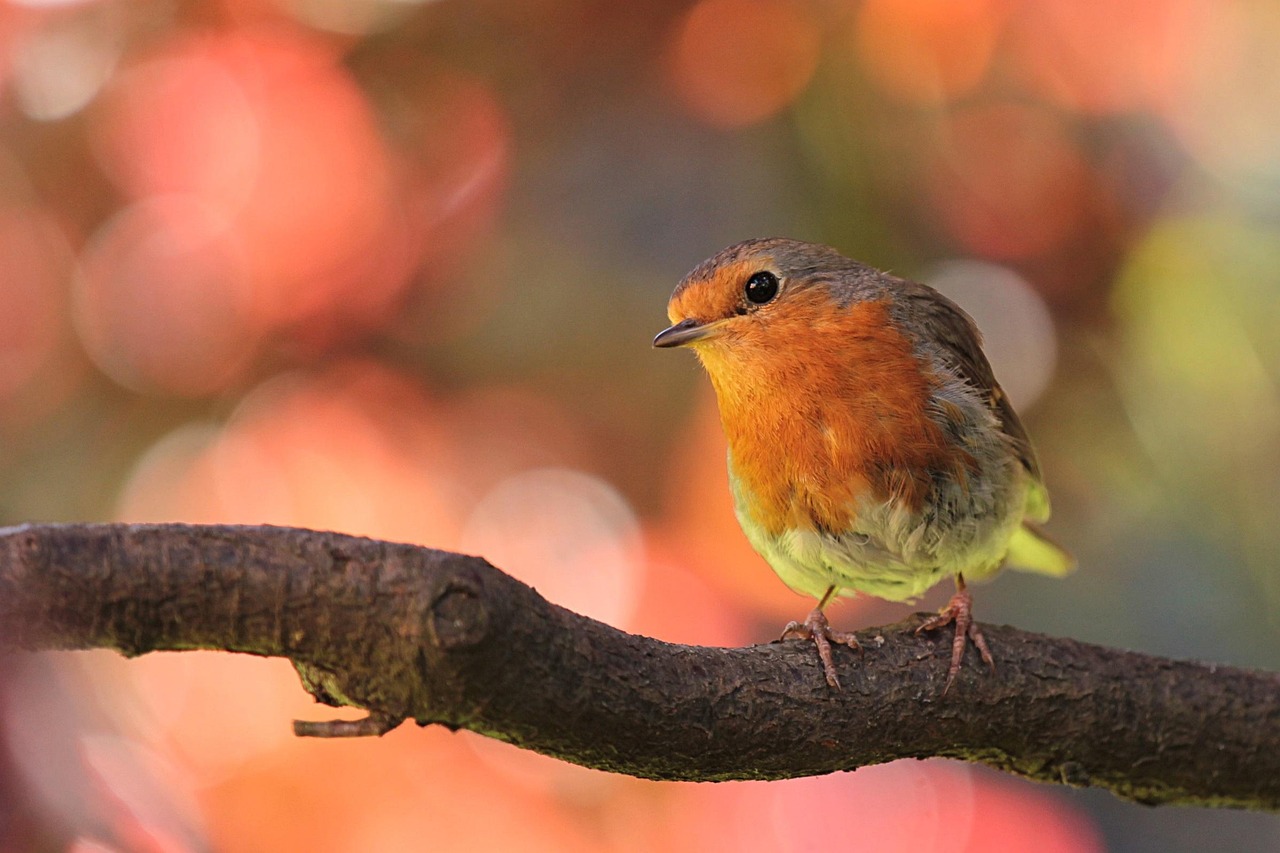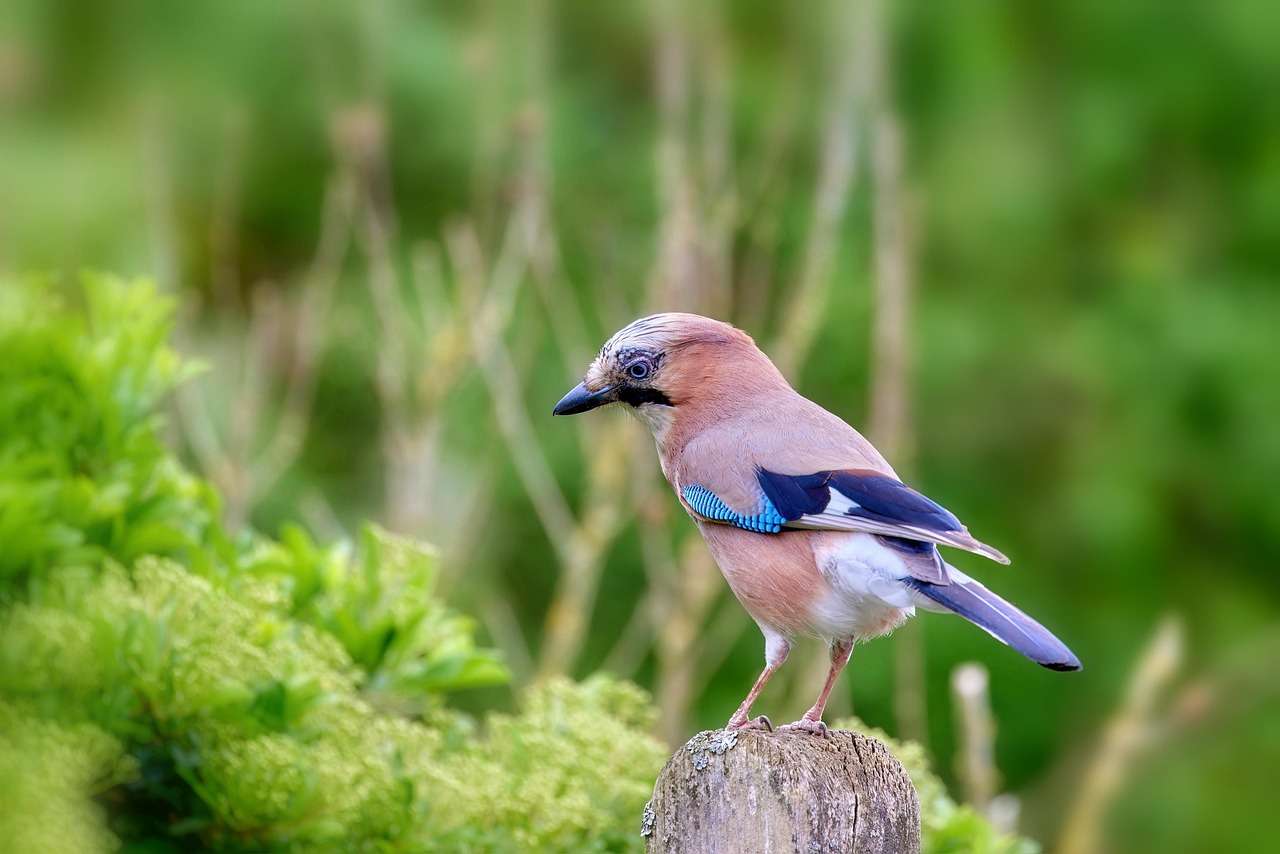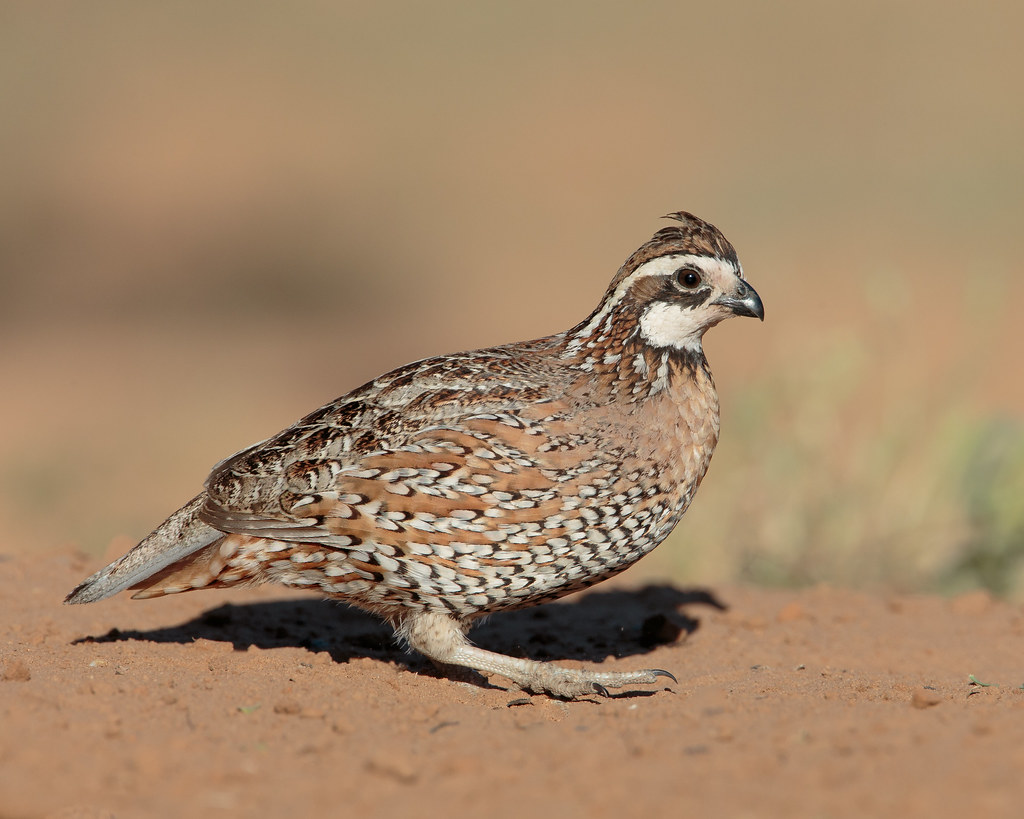Birds are nature’s musicians, filling our environments with a symphony of sounds that often go unnoticed. Yet, each chirp, whistle, and call carries a story, a purpose, and sometimes, a surprise. Let’s explore six remarkable bird sounds that reveal more than you might expect.
The American Robin’s Cheerful Wake-Up Call

The American Robin is often considered a harbinger of spring, and its cheerful song is one of the most recognizable bird calls. This melodic series of whistles, sounding like “cheerily, cheer up, cheer up, cheerily, cheer up,” can be heard at dawn and dusk. Robins sing to establish territory and attract mates, making them one of the first birds you’ll hear in the morning. Their song signals the start of a new day, making them nature’s unofficial alarm clocks.
The Common Loon’s Haunting Echo
If you’ve ever been near a northern lake at dusk, you may have heard the eerie, echoing call of the Common Loon. Their haunting, tremolo call is used to communicate with mates and defend territory, while their yodeling cry warns of danger. The loon’s call is an iconic sound of remote wilderness areas, evoking a sense of solitude and mystery.
The Barred Owl’s “Who Cooks for You?” Query
Unlike many owls that remain silent and elusive, the Barred Owl is well-known for its unmistakable “Who cooks for you? Who cooks for you all?” call. This deep, rhythmic hoot can often be heard at night in wooded areas. Barred Owls use their calls to communicate with mates and defend their territory. If you’re lucky, you might even hear a pair calling back and forth in a haunting nighttime duet.
The Black-capped Chickadee’s Sophisticated “Chick-a-dee-dee-dee”
The Black-capped Chickadee is a tiny but vocal bird, famous for its “chick-a-dee-dee-dee” call. This call is not just a simple song; it’s actually a sophisticated language. The number of “dee” notes at the end can indicate levels of danger, with more “dees” signaling a higher threat. Chickadees are social birds, and their calls help keep flocks together as they forage. Learning this call can help you identify these charming birds, even if you don’t spot them right away.
The Blue Jay’s Alarm System

Blue Jays are some of the loudest birds in the forest, known for their harsh “jay! jay!” call. These calls serve as alarm signals, warning other birds of nearby predators like hawks and owls. Blue Jays are also excellent mimics and can imitate the calls of hawks to scare away other birds from food sources. If you hear their loud, repetitive calls, it’s worth looking around; you may spot a predator nearby or catch a glimpse of these intelligent, striking blue birds.
The Northern Bobwhite’s Signature Whistle

The Northern Bobwhite, named for its “bob-white” call, is a bird found across the United States and Mexico. It lives in grasslands, forests, and fields, adapting well to different habitats. This bird is small and camouflaged, blending into the ground where it searches for seeds and insects. Northern bobwhites are social, forming groups for warmth and protection, especially in colder months. Their distinctive call helps people identify them easily.
Bird sounds are more than just background noise; they are intricate forms of communication that reveal the complexities of avian life. By tuning in to these calls, we not only enhance our birdwatching experiences but also deepen our connection to the natural world. So next time you’re outdoors, take a moment to listen—who knows what secrets the birds might be sharing?
